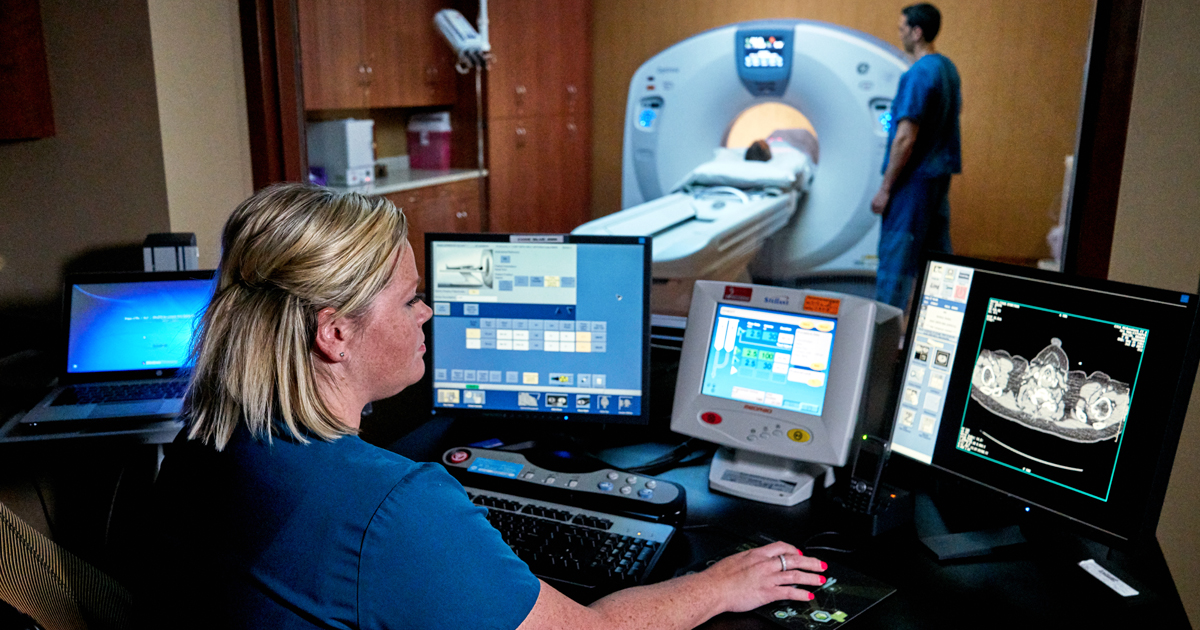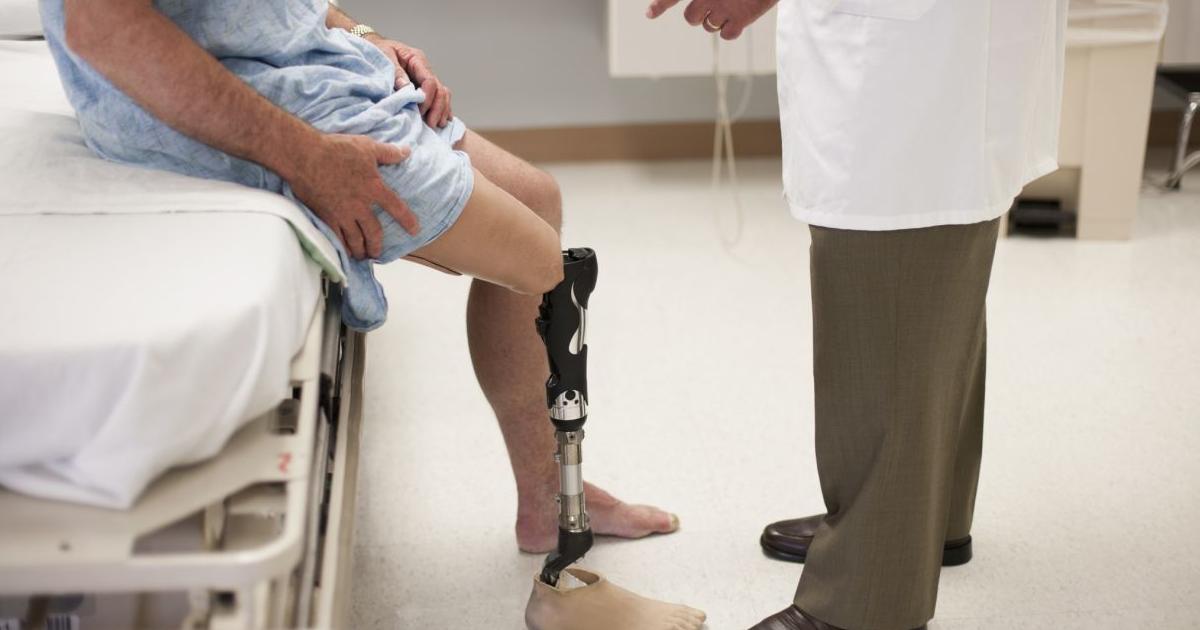Options For Bone Cancer Treatment
The bones in an individual's body are hollow. Light, spongy bone tissue sits inside of a hard outer bone layer called the cortical layer. The bone marrow sits inside of a space referred to as the medullary cavity. Any type of cancer can spread to the bone tissues, but cancer that starts from a bone cell is referred to as primary bone cancer. There are several types of bone cancer, including chondrosarcoma, osteosarcoma, Ewing tumor, malignant fibrous histiocytoma, fibrosarcoma, giant cell tumor of bone, and chordoma. Common symptoms that manifest in bone cancer patients include swelling, pain, fractures, weight loss, fatigue, trouble swallowing, numbness, tingling, and weakness. Bone cancer is diagnosed using CT scans, x-rays, MRI scans, PET scans, radionuclide bone scans, and bone biopsy.
Tumor Resection

Most bone cancer patients will need to undergo tumor resection for treatment. Tumor resection is a procedure used to remove the cancerous tumor and some of the tissues surrounding the tumor. In a tumor resection for bone cancer, the goal is for the surgeon to remove as much cancer as possible, while also saving as many neighboring vessels, nerves, and tendons. Individuals with bone cancer that has spread into these tissues cannot have a successful tumor resection that spares their limb physically and functionally. The section of bone containing the malignancy is cut out entirely, and the remaining ends of the bone are reconnected with an endoprosthesis or bone graft. The bone graft or endoprosthesis is meant to replace the section of bone that has been removed. Over time, the remaining bone fuses to the graft or endoprosthesis, allowing it to function normally. A tumor resection often requires long and intense rehabilitation during recovery to learn how to use the limb again.
Curettage

An individual affected by bone cancer that occurs in certain bones may need treatment with a procedure called curettage, which is only used for bone cancer that cannot be resected or excised safely like those in the skull and spine. During a curettage, the physician uses special tools to scrape the tumor out of the patient's bone. This method allows most of the tumor to be removed without actually removing a full section of the bone. This process causes a hole to be left behind in the bone where the cancerous cells were scraped out. In most cases, this procedure alone is not enough to eliminate all of the cancerous cells in the bone. Two methods can be used following a curettage to kill the leftover cancer cells. Cryosurgery is a procedure where the hole left from the curettage is filled with liquid nitrogen. The liquid nitrogen freezes away the tumor cells been left behind after curettage. Bone cement is another method used following curettage where liquid cement is poured into the hole. The liquid cement becomes very hot as it hardens, killing the remaining cancer cells.
Chemotherapy

Certain bone cancers, including osteosarcoma and Ewing sarcoma, may be treated with the use of chemotherapy. Other types of bone cancers do not respond well to chemotherapy, so it is generally only used in certain cases. Bone cancer that has spread to other parts of the body is often treated with the use of chemotherapy, as it works well on tissues that are not bone. Chemotherapy treats cancer cells throughout the entire body, and it has intense side effects as a result of that property. The damage chemotherapy inflicts on the healthy cells of the body can cause the affected individual to have severe nausea, vomiting, hair loss, sores in the mouth, appetite loss, low white blood cell count, low platelet count, fatigue, and shortness of breath. However, additional medications can help with the management of these side effects in patients undergoing chemotherapy.
Radiation Therapy

Most cases of bone cancer are not treated with radiation therapy as the first-line method of treatment. Radiation can easily damage neighboring tissues of the bone that contain cancer because it only works at very high doses. Bone cancer that cannot be resected can be treated with radiation therapy. Radiation therapy is also used in some cases following surgery to kill off any cancer cells left behind. Radiation therapy uses a machine to direct high-energy particles or rays at the tumor to damage the DNA inside of the cancerous cells, causing them to die. Intensity-modulated radiation therapy is a type of radiation where the shape of an individual's tumor can tell the radiation machine where to aim the beams and how intense they need to be. This type of radiation is delivered from several different angles. Proton beam radiation utilizes protons to kill off the cancerous cells. This type of radiation is very advanced and can kill cancer cells well without causing damage to surrounding tissues. Extracorporeal radiation is rarely used, but it involves the removal of the cancerous bone so it can be treated with radiation therapy before it is placed back into the body.
Amputation

A bone cancer patient may need to have an amputation of the affected limb to remove all of the cancerous cells in the body successfully. Some individuals who do not actually require amputation may still choose to have one due to the cons of limb-sparing surgery. If the limb will be painful, nonfunctional, or deformed as a result of tumor resection, they may elect to have an amputation. Amputation is a procedure where all or part of a limb is completely removed. The part of the limb that contains bone cancer, a small section of healthy tissue above it, and all tissues below the tumor are removed. This type of surgery is performed by surgeons who carefully plan it out so they can form a cuff of muscle and skin tissue around the free end of the bone. The purpose of this cuff is to allow a prosthesis to be fitted to the amputated bone. Physical therapy and rehabilitation are required for the individual to learn how to use the artificial limb.
